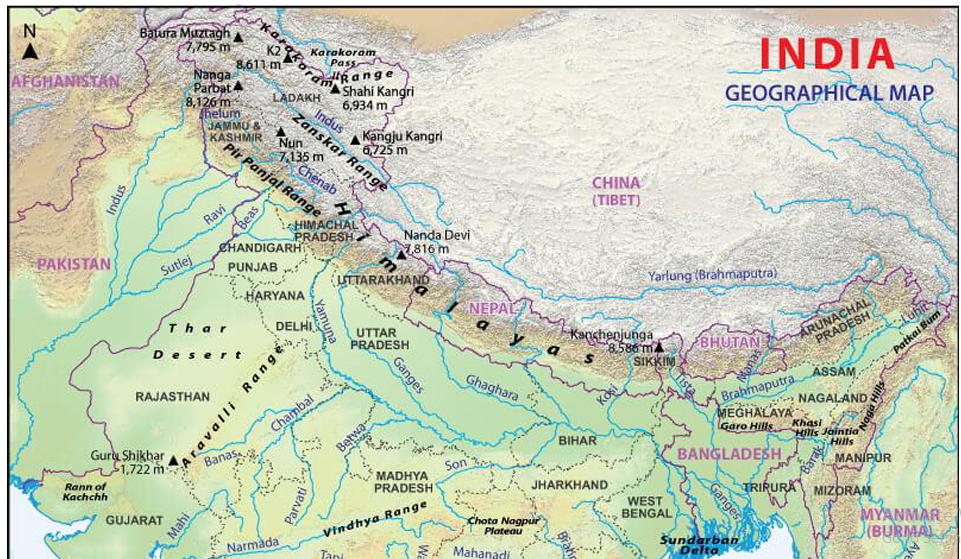-
🆕 New Page Added
Domestic Market Failure Protectionism has been added.
-
🆕 New Page Added
Dumping Anti Dumping Duties has been added.
-
🆕 New Page Added
Effective Rate Of Protection has been added.
-
🆕 New Page Added
Infant Industry Argument has been added.
-
🆕 New Page Added
Non Tariff Barriers has been added.
-
🆕 New Page Added
Protectionist Policies has been added.
-
🆕 New Page Added
Protectionist Trade Policies Fdi has been added.
-
🆕 New Page Added
Tariffs In International Trade has been added.
-
🆕 New Page Added
Terms Of Trade Protectionism has been added.
-
🆕 New Page Added
Bop Measures Developing Countries has been added.
-
🆕 New Page Added
Dumping Anti Dumping Measures has been added.
-
🆕 New Page Added
Gats Services Trade has been added.
-
🆕 New Page Added
Gatt Article Xx Tbt Sps has been added.
-
🆕 New Page Added
Import Export Restraints has been added.
-
🆕 New Page Added
National Treatment Principle has been added.
-
🆕 New Page Added
Safeguard Measures Wto Trade Policy has been added.
-
🆕 New Page Added
Tariffs Wto Bop has been added.
-
🆕 New Page Added
Textiles Trade Protectionism Gatt Wto has been added.
-
🆕 New Page Added
Wto Agriculture Disciplines has been added.
-
🆕 New Page Added
Wto Decision Making Structure has been added.
-
🆕 New Page Added
Wto Dispute Settlement Understanding has been added.
-
🆕 New Page Added
Wto Introduction And Gatt To Wto Transition has been added.
-
🆕 New Page Added
Wto Ipr Trips Agreement has been added.
-
🆕 New Page Added
Wto Mfn National Treatment has been added.
-
🆕 New Page Added
Wto Subsidies Dumping Countervailing Measures has been added.








